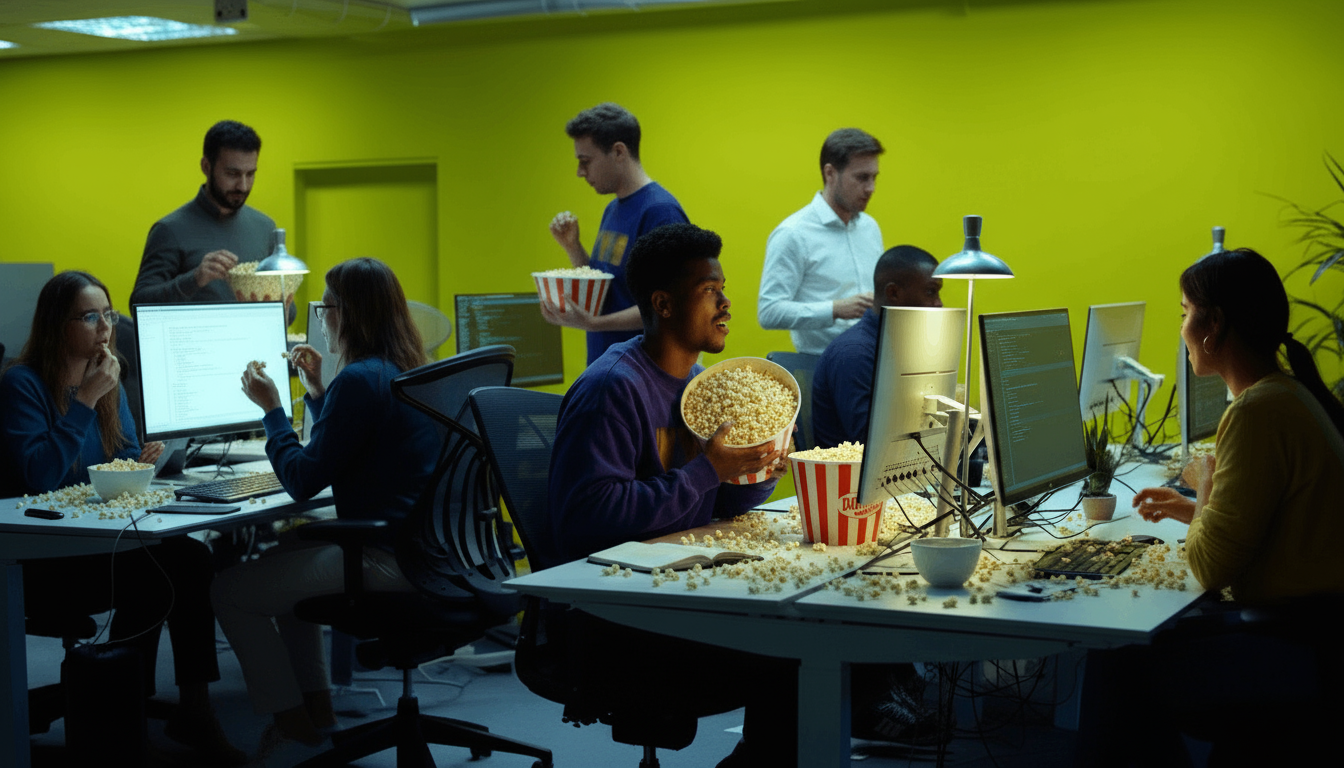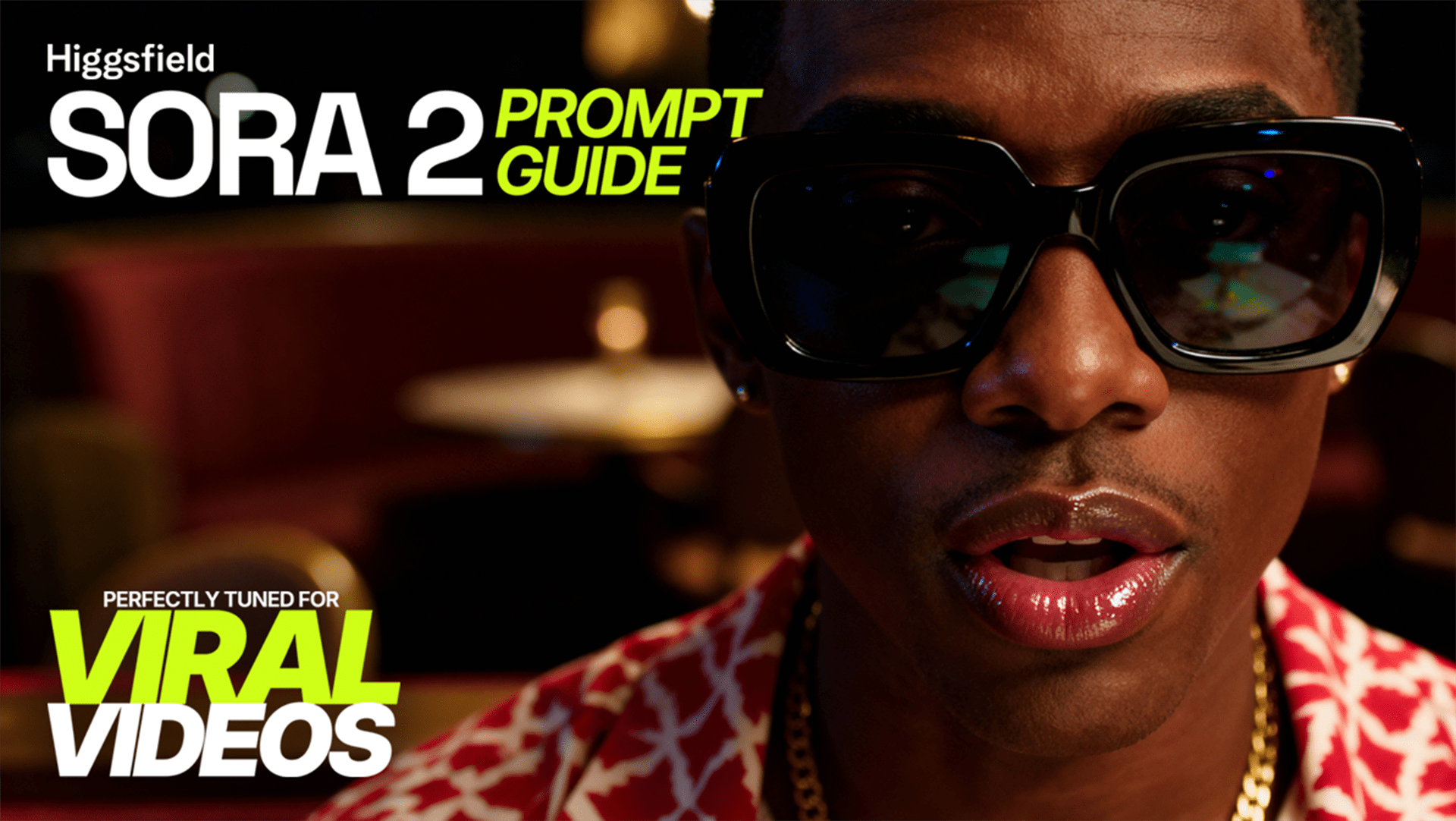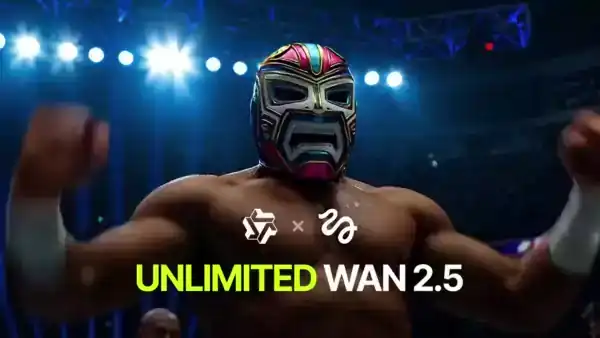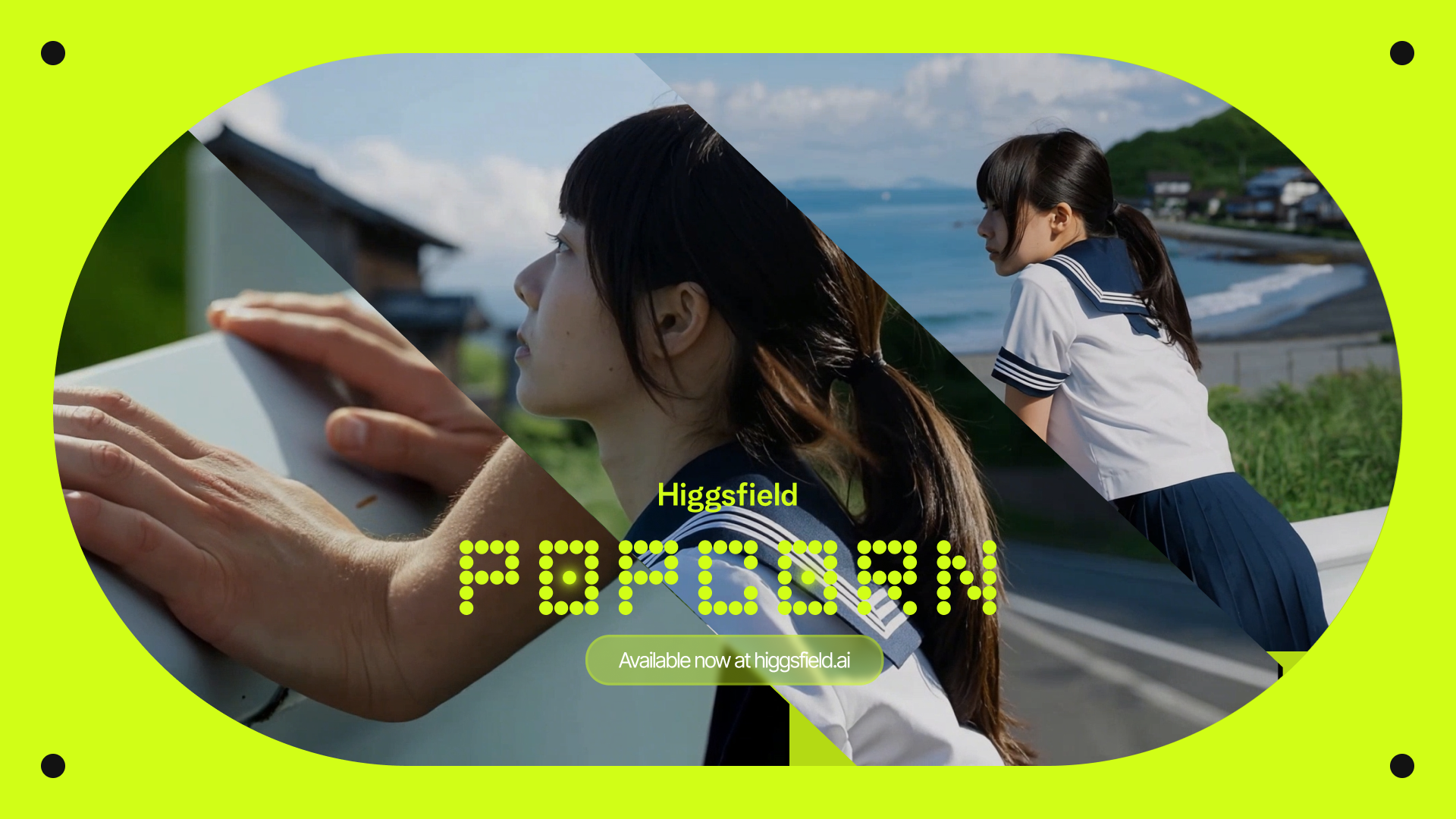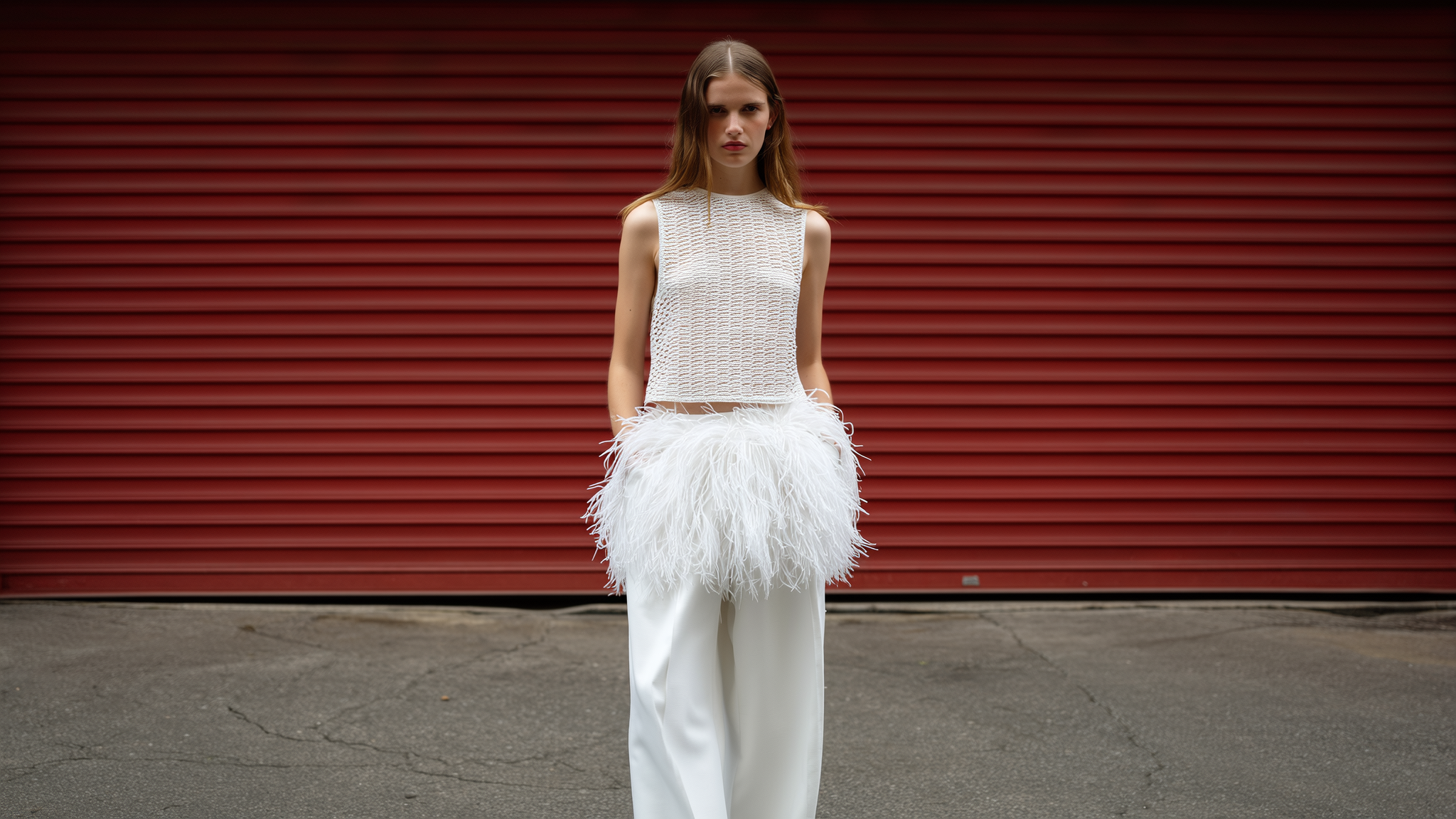When we started building Higgsfield Popcorn, our goal was simple: to give creators the kind of control that only real directors have on set. Every filmmaker knows that storytelling lives in detail - a shift of light, a single expression, a perfect continuity between shots. For years, the AI generation could capture the aesthetic of cinema but not its precision.
We wanted to change this through the introduction of the new tool.
Now we have Higgsfield Popcorn, an AI storyboard engine built to give you complete authorship over your story, your characters, and every frame that defines them. It lets you replace faces inside cinematic scenes, edit every image with surgical precision, and maintain perfect character and lighting consistency from the first shot to the last. We designed it for professionals, creators, and dreamers who want AI to feel less like automation and more like direction.

How We Built Popcorn Around the Idea of Control
For us, AI storytelling has always been about control – not just over how something looks, but over how it feels. In traditional filmmaking, that control comes from a full team: directors, lighting designers, editors, and post-production specialists. With Popcorn, we wanted to condense that entire process into one creative space without losing its human logic.
That’s why Popcorn was designed as more than a generator: it’s an AI storyboard system that understands composition, light behavior, and scene progression. Every output you make comes from the same visual world, where characters stay recognizable, lighting behaves realistically, and motion follows cinematic rhythm.
When we tested it internally, we realized we could do something even more ambitious - character replacement that looks and feels natural. Instead of depending on deepfake systems or manual rotoscoping, Popcorn treats identity changes as part of storytelling. You basically recast a whole role instead of just swapping faces.

How It Works Inside the Higgsfield Popcorn
You begin with a prompt and or few reference images - maybe a location, a person, or even an object. Popcorn allo
ws you to upload up to four reference inputs, such as:
A photo of a character you want to use
A location reference for lighting or environment
An object or prop that defines your scene
A visual tone or atmosphere reference
Then, you can choose between Manual or Auto mode.
Manual Mode gives you the freedom to describe each frame individually. If you’re directing a sequence, you can treat every output like a storyboard cell - defining what the camera sees, what the character does, and how light interacts.
Auto Mode lets you write one detailed prompt and decide how many frames you want (up to eight). Popcorn automatically generates them with full consistency, preserving lighting, style, and character appearance across
the entire sequence.
When you replace a face, Popcorn integrates it across every connected frame automatically. The new face inherits the lighting and emotion of the original while maintaining natural motion and proportion. What used to take a team of editors now happens inside one unified AI workflow.
Consistency Is the Foundation
Every major visual model struggles with one thing - consistency. Faces change slightly from frame to frame, proportions fluctuate, and lighting resets with every generation. From the beginning, we knew Popcorn had to solve this if it were ever going to feel cinematic.
So we built what we call intelligent scene continuity. It’s the underlying system that ensures that once a face, outfit, or environment is defined, it stays logically consistent across every shot. If your main character walks from one room to another, they remain perfectly recognizable - same structure, same lighting direction, same color tone.
This is what makes Popcorn different from standard AI editing tools. It doesn’t create disconnected images, but creates a narrative. The AI “remembers” your visual identity and carries it forward. Even if you edit one frame manually, that change aligns with the rest automatically.
For creators, this means a full story can be generated in minutes while retaining the polish of continuity that normally requires days of post-production.

Replacing Faces That Belong in the Scene
The process inside Popcorn is designed for professional storytelling. If you’re visualizing an ad, designing a campaign, or testing character identities for a film, you can cast your own characters instantly - just like directing your own movie scene.
Let’s say you upload a model reference and set your environment to a sunset beach. Popcorn interprets lighting angles, color balance, and shadow direction, then rebuilds the face to fit naturally into that environment. The replaced face doesn’t float - it lives within the same cinematic physics that define the rest of the frame.
You can push it further by referencing different photos for mood or context. “Character from image one, lighting from image three, outfit from image four” - Popcorn merges them intelligently without breaking coherence. The system understands where each element belongs in space, how depth behaves, and how visual tone connects them.
This feature has already proven transformative for filmmakers, advertisers, and independent creators. What once required multiple production passes and post-editing tools now happens instantly inside one platform.
Why Popcorn Outperforms Traditional Storyboard Tools
There are already several good AI storyboard and image editing systems, but when we compare the results, we notice something inconsistent. Tools like Nano Banana and Seedream create visually stunning single images, but their strength fades when you need a connected sequence. They are fantastic for still shots, while Popcorn was built for stories that move.
Our focus was never on generating one perfect image. It was on building a coherent story across frames, something that could guide a full production. Popcorn understands transitions, lighting logic, and identity per
sistence in a way other systems can’t because it was designed as a complete cinematic environment.
You can edit, regenerate, or change the entire tone of your story without losing continuity. Thus, Higgsfield Popcorn AI storyboard gives you full creative control instead of limiting to one-time generations.
Editing Power That Feels Like Post-Production
Every frame inside Popcorn can be fine-tuned. You can modify expressions, adjust lighting, or shift composition without having to start over. The editor renders logic - recalculating light direction, surface texture, and color depth with the same cinematic coherence.
That means you can build a complex storyboard sequence - say, eight connected frames - and go back to edit one shot without breaking the others. The AI keeps the same world intact.
This combination of multi-frame generation and non-destructive editing gives Popcorn a unique position between pre-visualization and post-production. It’s the bridge between idea and execution - where creative decisions remain flexible but continuity never breaks.
In this simple example you can notice how character consistency remains stable, while manually editing every frame with different camera angles:

For Filmmakers, Creators, and Brands
Popcorn is already being used by brands and creators who need to move fast without sacrificing quality. Small teams can storyboard product campaigns in hours, educators can visualize lessons as connected stories, and creators can insert themselves into cinematic scenes without technical barriers.
For brands, the advantage is scale - every concept can be visualized before production, every ad can be previewed across different identities and scenes. For creators, the advantage is freedom - full control over visual identity without external teams.
This is what we wanted when we started building Popcorn: a creative environment where one person can direct with the precision of an entire studio.
The Future of Storytelling Inside Higgsfield
Popcorn is just one part of our broader mission to make AI storyboard technology the new foundation of content creation. It connects directly with other Higgsfield features like SoulID, which ensures consistent identity across projects, and Sora 2, which adds cinematic realism and motion control. Together, they form a creative ecosystem built around coherence, direction, and authorship.
We see Popcorn not as a tool that replaces people, but as one that amplifies your ideas. It gives creators the power to imagine, refine, and direct without compromise. In a few years, every storyboard, every campaign, and every visual narrative might start inside systems like this.
And for us, it started with one question: what if you could replace a face in a movie scene - and have it look real?
Now, you can create AI storyboards & replace characters or locations in any movie scene.
Direct & Edit Your Movie Story
Use Higgsfield Popcorn to replace faces, edit scenes, and build storyboards with professional cinematic continuity - all powered by intelligent AI consistency.
